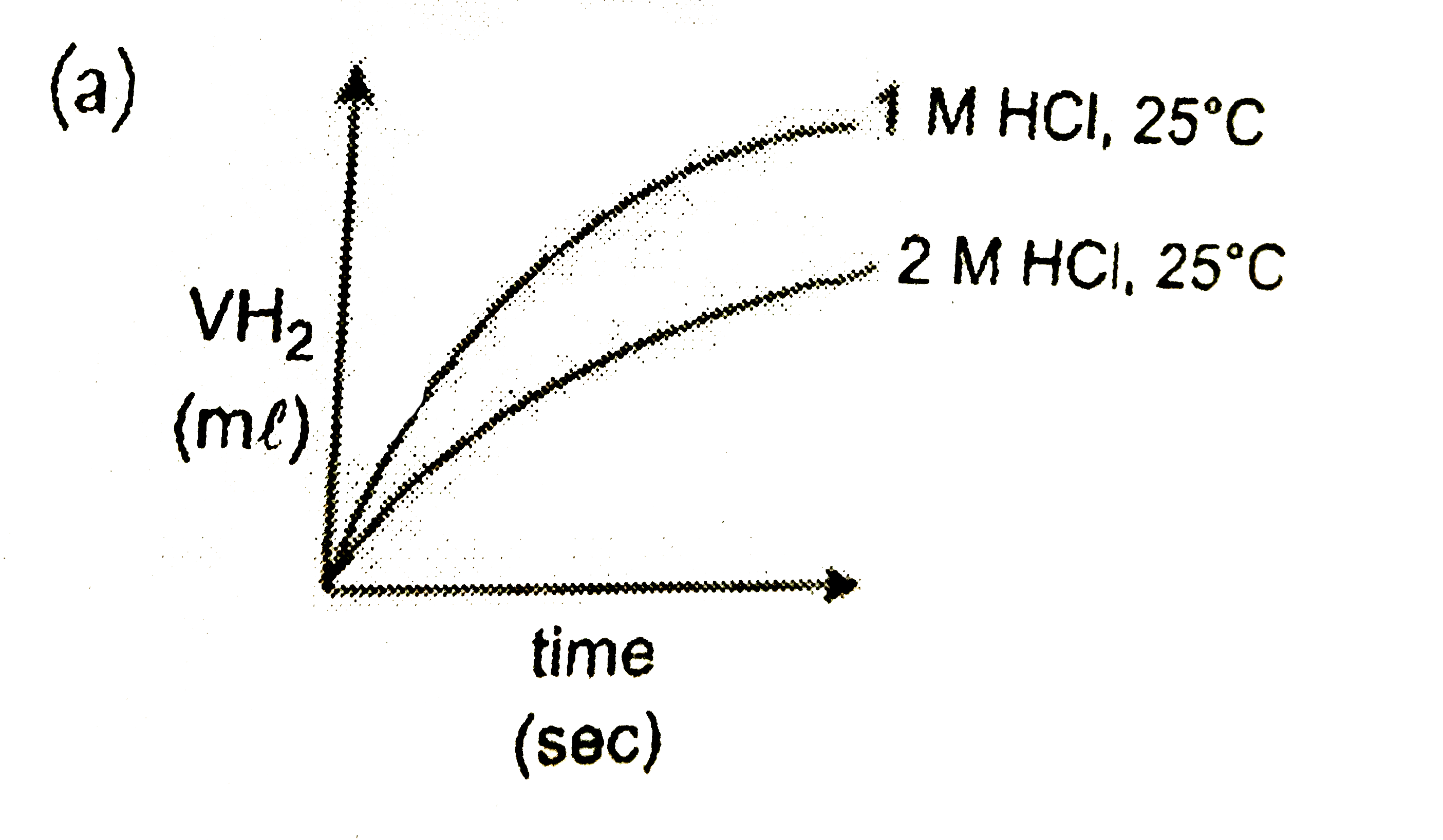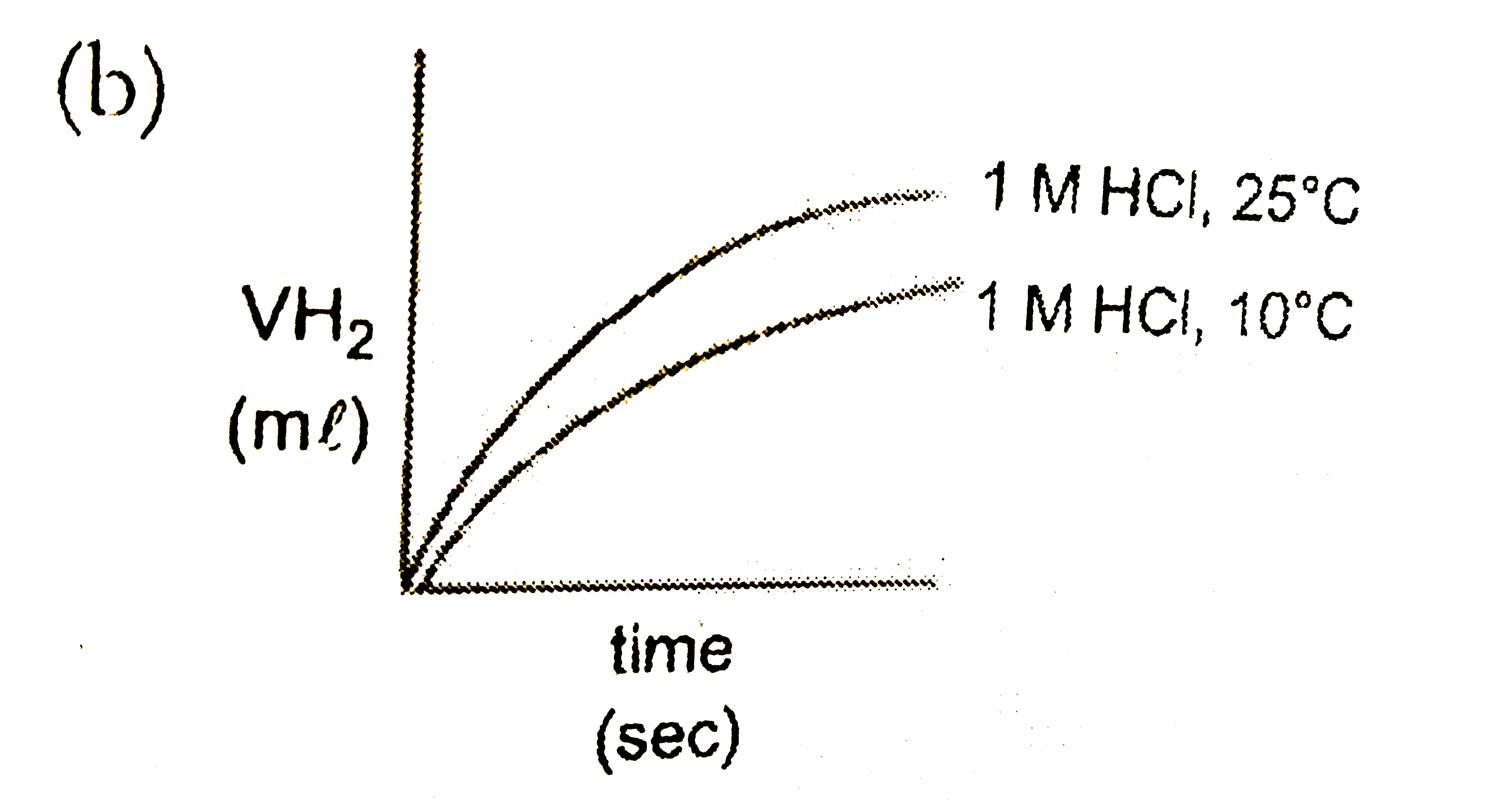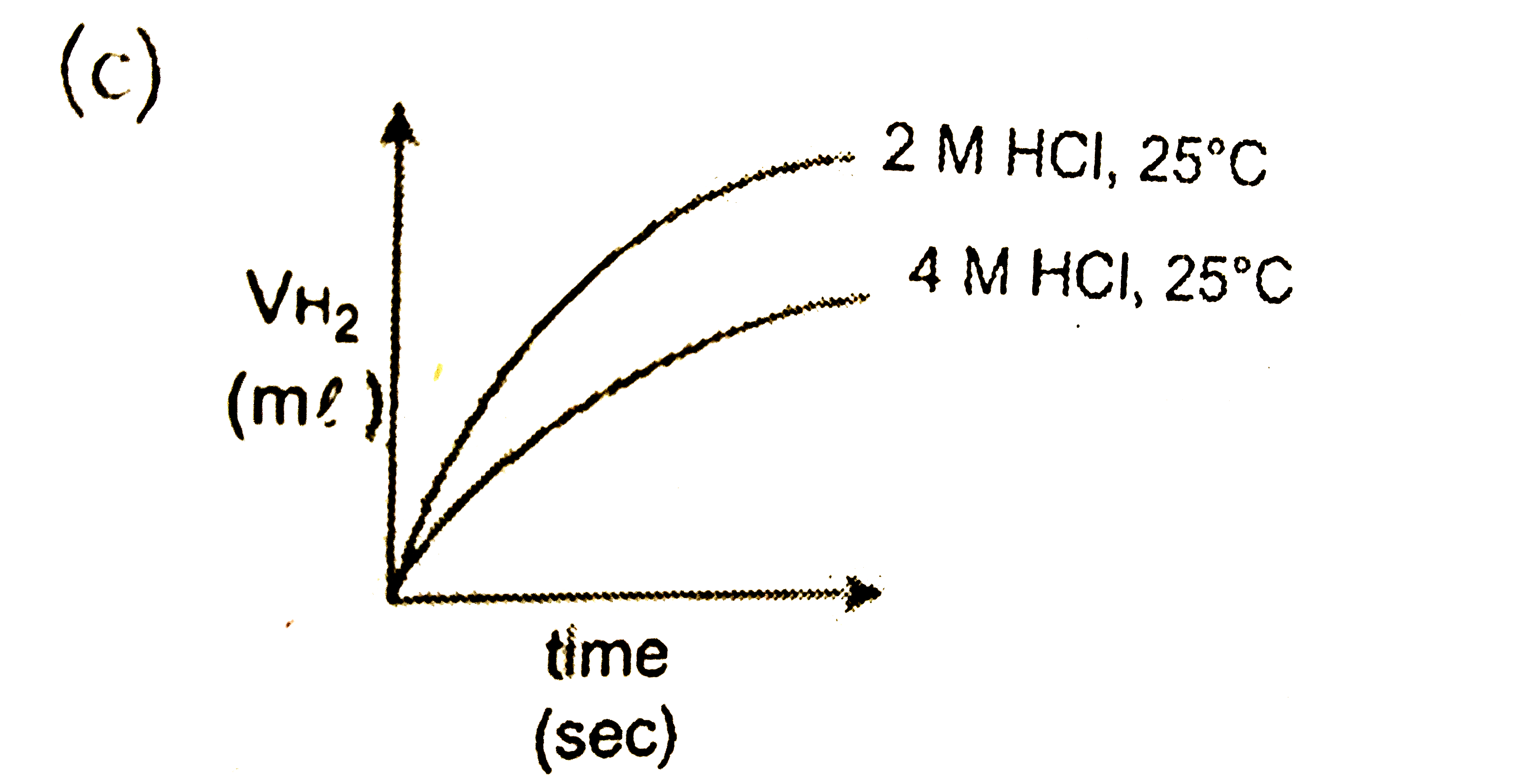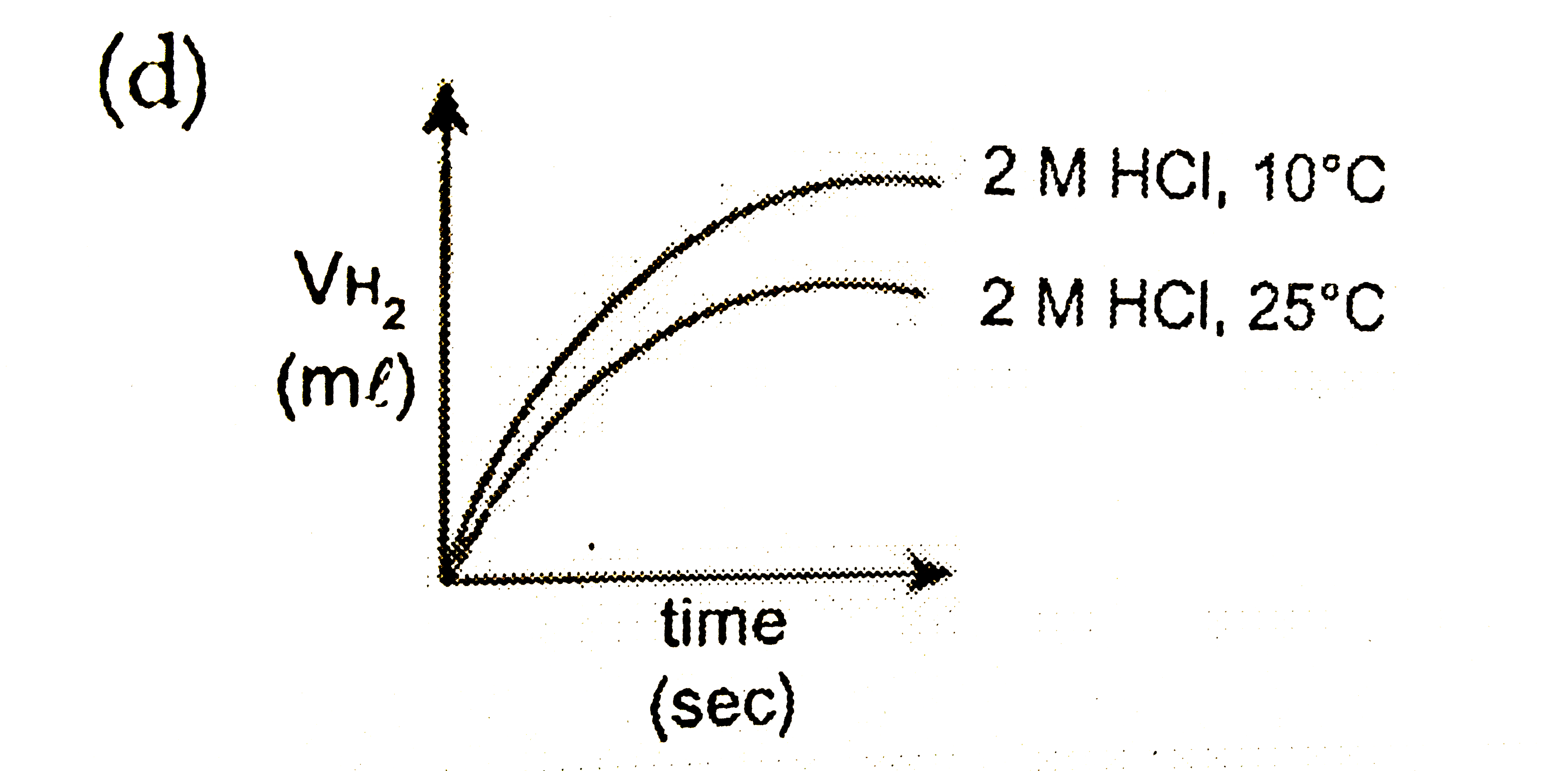Explore topic-wise InterviewSolutions in .
This section includes InterviewSolutions, each offering curated multiple-choice questions to sharpen your knowledge and support exam preparation. Choose a topic below to get started.
| 51. |
What areisobars? Are the physical and chemical properties of isobars similar ? |
|
Answer» Solution :The atoms of different ELEMENTS with different ATOMIC numbers but having the same atomic mass are CALLED ISOBARS . The isobars have different PHYSICAL and chemical properties . |
|
| 52. |
What are the uses of Plaster of Paris? |
|
Answer» Solution :(i) It is USED for plastering BONES (II) It is used for making casts for STATUES. |
|
| 53. |
What produces more severe burns, boiling water or stream? |
| Answer» SOLUTION :Steam contains more heat in the FORM of latent heat, than boiling water so when steam comes in contact with skin it gives out 22.5x`10^(5)` Joules per kilogram more heat than boiling water, so steam causes more severe BURNS. | |
| 54. |
What is a mole? |
| Answer» Solution :One mole of any species (atoms, molecules, IONS or PARTICLES) is that quantity in NUMBER having a mass EQUAL to its ATOMIC or molecular mass in grams. | |
| 55. |
What change is observed in the particles of the matter with the rise in temperature? |
|
Answer» KINETIC energy increases |
|
| 57. |
What is the number of molecules present in 0.5 mole of hydrogen ? |
| Answer» SOLUTION :`3.01 XX 10^(23)` | |
| 58. |
What are the characteristics of equilibrium constant ? |
| Answer» | |
| 60. |
Which of the following helps in the bleaching action of sulphurdioxide ? |
|
Answer» `H_2` |
|
| 61. |
This process for the change of a solid directly into its vapour is called |
|
Answer» EVAPORATION |
|
| 62. |
Which of the following apparatus is required to determine the boiling point of water? |
|
Answer» Tripod STAND, CONICAL flask, thermometer, wire gauze, stand with CLAMP, pair of tongs. |
|
| 63. |
What is the dispersion medium in a colloidal solution ? |
| Answer» Solution :The MEDIUM in which the PARTICLES are present constitute the DISPERSING medium. | |
| 64. |
Which of the following negative radical is present in bleaching powder ? |
|
Answer» HYPOCHLORITE |
|
| 65. |
What is the ratio by number of atoms in a molecule of ammonia ? |
| Answer» SOLUTION :N atom=1,H atom=3,RATIO 1:3 | |
| 66. |
The spectra produced by the deexcitation of an electron is called______________. |
| Answer» SOLUTION :EMISSION SPECTRUM | |
| 67. |
Which of these triads could not be justified as Doberiener's triad? |
|
Answer» Li,Na,K<BR>CI,Br,I |
|
| 68. |
What is the radius of an atom as compared to the nucleus ? |
| Answer» Solution :The RADIUS of an atom is `10^(5)` times than the radius of the NUCLEUS. | |
| 69. |
What is neutralization reaction? Give an example. |
|
Answer» Solution :Acids and bases neutralize each other to form CORRESPONDING salts and WATER. Example: Bases react with acids to form SALT and water. `KOH to KCl +H_(2)O` The above reaction between a base and an acid is known as Neutralisation reaction. |
|
| 70. |
What Is Fajan's rule? Discuss. |
|
Answer» SOLUTION :As we know, a metal combine with a nonmetal through ionic bond. The compounds so formed are called ionic compounds. A compound is said to be ionic when the charge of the cation and anion are COMPLETELY separated. But in 1923, Kazimierz Fajans found, through his X-Ray Crystallographic studies, that some of the ionic compounds show COVALENT character. Based on this, he formulated a SET rules to predict whether a chemical bond is ionic or covalent. Fajan.s rules are formulated by considering the charge of the cation and the relative size of the cation and anion. . When the size of the cation is small and that of anion is LARGE, the bond is of more covalent character. . Greater the charge of the cation, greater will be the covalent character. |
|
| 71. |
Which one of the threefundamental particles is present in the cathode rays ? |
| Answer» SOLUTION :ELECTRON. | |
| 72. |
Which of the following does not ( do not ) contribute to the formation of soil ? |
| Answer» Answer :C | |
| 73. |
What are saturated and unsaturated compounds? |
| Answer» SOLUTION :Saturated carbon compounds are called alkanes as they have single bond between carbon atoms. UNSATURATED carbon compounds are called ALKENES as they have ONE or more double bonds between carbon atoms. | |
| 74. |
The top layer of the earth's surface over which plants are grown is called |
| Answer» ANSWER :C | |
| 75. |
What are the merits and limitations of the long form of periodic table? |
| Answer» | |
| 76. |
When dilute sulphuric acid is added to a mixture of iron fillings and sulphur powder, ______ gas evolves. |
|
Answer» |
|
| 77. |
There are three shells in the atom of element 'X', 6 electrons are present in its outermost shell. Write the name and symbol of this element. |
|
Answer» |
|
| 78. |
There are three shells in the atom of element 'X', 6 electrons are present in its outermost shell. Write the electronic configuration of the element. |
|
Answer» |
|
| 79. |
Which of the following is not a property of the colloids ? |
|
Answer» Brownian movement |
|
| 80. |
Which of the following substances does not show phenomenon of sublimation? |
|
Answer» Iodine |
|
| 81. |
Which of the following materials fall in the category of a pure substance ? (a) Ice, (b) Milk, ( c) Iron, (d) Hydrochloric acid, (e) Calcium oxide, (f) Mercury, (g) Brick, (h) Wood and (i) Air. |
| Answer» SOLUTION :(a) Ice, ( C) Iron, (d) Hydrochloric acid, (E) Calcium OXIDE, (f) Mercury are PURE substances. | |
| 82. |
Zn+2HCl to ZnCl_(2) + H_(2) uarr for this reaction which among the following graphs is true ? |
|
Answer»
|
|
| 83. |
Which postulate of Dalton.s atomic theory can explain the law of definite proportions ? |
| Answer» Solution :The relative NUMBER and kinds of atoms are CONSTANT in a given COMPOUND. | |
| 84. |
We can prepare nitrogen dioxide gas by the addition of conc. HNO_(3) to copper turnings. But the NO_(2) gas formed has a tendency to dimerise to dinitrogen tetroxide and the equilibrium 2NO_(2) hArr N_(2)O_(4)+57.2 kJ is established. Two sealed test tubes containing the reaction mixtures of same composition are kept in water bath separately which are at high and low temperatures, respectively. What observations are found in the two baths ? Explain. |
|
Answer» Solution :`2NO_(2) hArr N_(2)O_(4)+57.2` kJ is an exothermic REACTION. According to Le Chatelier's principle, low temperature favours forward reaction. Backward reaction is endothermic. High temperature favours the backward reaction. A sealed test tube containing the reaction mixture when kept in a HOT water bath favours the backward reaction and equilibrium is shifted towards the left. The product mostly consists of `NO_(2)` which is REDDISH brown in colour. When a sealed test tube containing the same reaction mixture is kept in a water bath of LOWER temperature, the forward reaction is favourable and equilirbium shifts to the right. The product mostly exists in the form of colourless `N_(2)O_(4)`. The test tube in the hot water bath has a dark brown coloured product in it. The test tube kept in the water bath of lower temperature has a lightcoloured product in it. |
|
| 85. |
Who discovered neutron? |
| Answer» | |
| 86. |
Which among the following is used in the manufacture of deodorant ? |
|
Answer» LAMP black |
|
| 87. |
The region of water on the surface of the earth is called the |
|
Answer» lithosphere |
|
| 88. |
Write the following equations and balance them : Potassium bicarbonate + sulphuric acid to Potassium sulphate + carbon dioxide + water. |
| Answer» SOLUTION :`2KHCO_(3)+H_(2)SO_(4)toK_(2)SO_(4)+2CO_(2)+2H_(2)O` | |
| 89. |
When a gas at reduced pressure is subjected to an electric discharge, the rays originating from the negative electrode are |
|
Answer» ANODE rays |
|
| 90. |
Which element can be used in solar cells and why? |
| Answer» Solution :The metals which BELONG to alkali metal groups such as k, cs and Rb can be used in solar cells the REASON is that these metals have very low first ioonisatio ENERGY hecne they can lose elctron easily whenn exposed to sunligh | |
| 91. |
Who discovered neutron ? |
| Answer» SOLUTION :J. CHADWICK DISCOVERED NEUTRON. | |
| 92. |
Which of the following changes is a chemical change ? |
|
Answer» EVAPORATION of spirit |
|
| 93. |
Write the K_(C ) value for the equilibrium N_(2(g))+3H_(2(g)) hArr 2NH_(3(g)) and relate it to the K_(C ) values for the following equilibria : (a) (1)/(2)N_(2(g))+(3)/(2)H_(2(g)) hArr NH_(3(g)) (b) 2N_(2(g)) +6H_(2(g)) hArr 4NH_(3(g)) |
|
Answer» Solution :`N_(2)+3H_(2) hArr 2NH_(3)` `K_(c_(1))=([NH_(3)]^(2))/([N_(2)][H_(2)]^(3))` `(a) (1)/(2)N_(2(g))+(3)/(2)H_(2(g)) hArr NH` `K_(c_(2))=([NH_(3)])/([N_(2)]^(1/2)[H_(2)]^(3/2))` `K_(c_(2))=SQRT(K_(c_(1)))` (b) `2N_(2(g))+6H_(2(g)) hArr 4NH_(3(g))` `K_(c_(3))=([NH_(3)]^(4))/([N_(2)]^(2)[H_(2)]^(6))` `K_(c_(3))=K_(c_(1))^(2)` |
|
| 94. |
What is the difference between electronegativityand electropositivity? |
| Answer» | |
| 95. |
Which group contains the nobles gases and what are the special characteristics of these gases? |
| Answer» | |
| 96. |
What Is the maximum number of electrons that can be accommodate.In the 'M' shell of an atom? |
|
Answer» |
|
| 97. |
Which of the following does not contain natural dyes? |
|
Answer» POTATO |
|
| 98. |
Where is the mass of an atom concentrated ? |
| Answer» SOLUTION :The MASS of an ATOM is CONCENTRATED in the NUCLEUS of the atom. | |
| 99. |
What is the limitation of Thomson's model of atom. |
|
Answer» SOLUTION :The LIMITATIONS of J.J. Thomson.s model of the atom are : ●It could not EXPLAIN the RESULT of scattering experiment PERFORMED by Rutherford. ● It did not have any experiment support. |
|
| 100. |
Which constituent particles of the atom determine (i) the mass of the atom (ti) the size of the atom ? |
|
Answer» Solution :The MASS of the atom is DETERMINED by the number of protons and NEUTRONS. (ii) The SIZE of the atom is determined by the number of ELECTRONS. |
|



